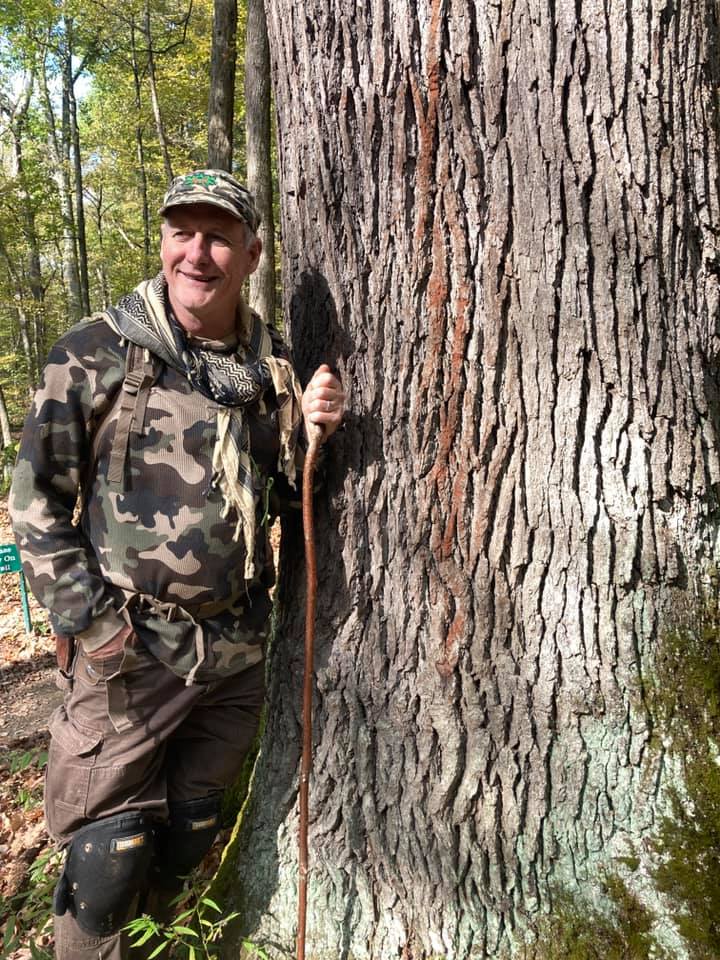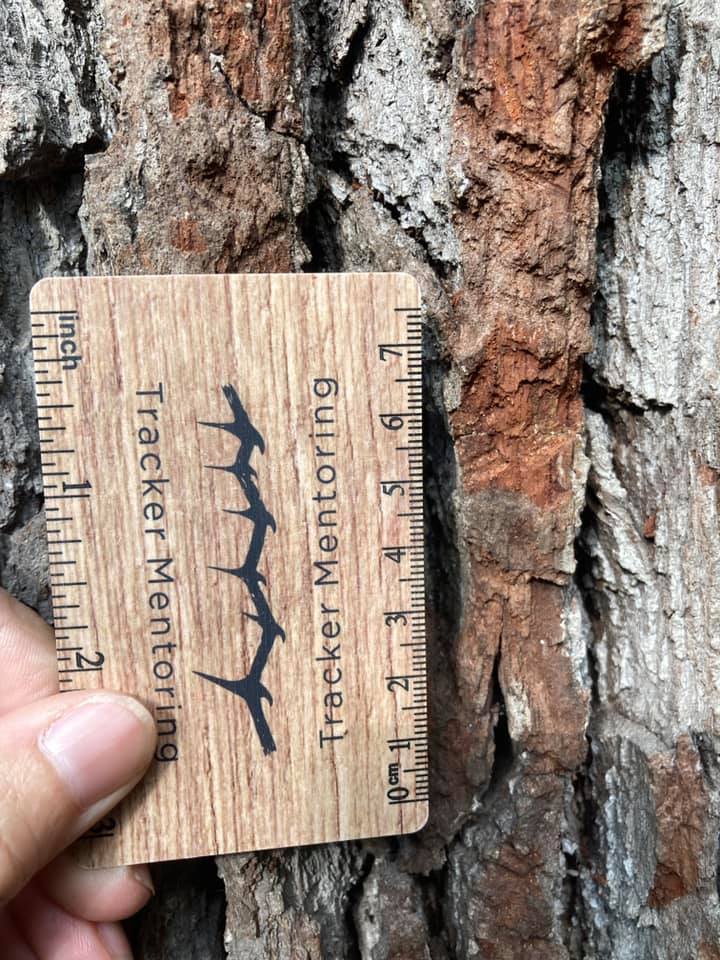

On page 617 of Mammal Tracks & Signs by Mark Elbroch (2nd ed) there is an excellent description of this behaviour. It reads:
Both eastern gray (or “grey”) and fox squirrels also create large visual and olfactory scent posts at the base of trees (often the lee side) and under large branches (Koprowski 1993). Previously, I called these territorial stripes. Unlike cheek wiping, marking at territorial stripes is typically the realm of male squirrels (Figure 8.39). Female gray squirrels marked stripes in only 2 out of 85 observations, and female fox squirrels marked stripes in 0 of 89 observations at territorial stripes (Koprowski 1993). While on territorial stripes , squirrels slow down, pause, and intently smell the area before adding to the sign with cheek swipes and chewing the outer bark with their incisors (Figure 8.40). Of 64 stripes chewed by eastern grey squirrels on thirty-seven species of trees, 90 percent of the stripes fell 13-70 inches (33-178 cm) off the ground (Figure 8.41). Occasionally, however, they are much higher.
The figures mentioned above are on page 269 of the same book.